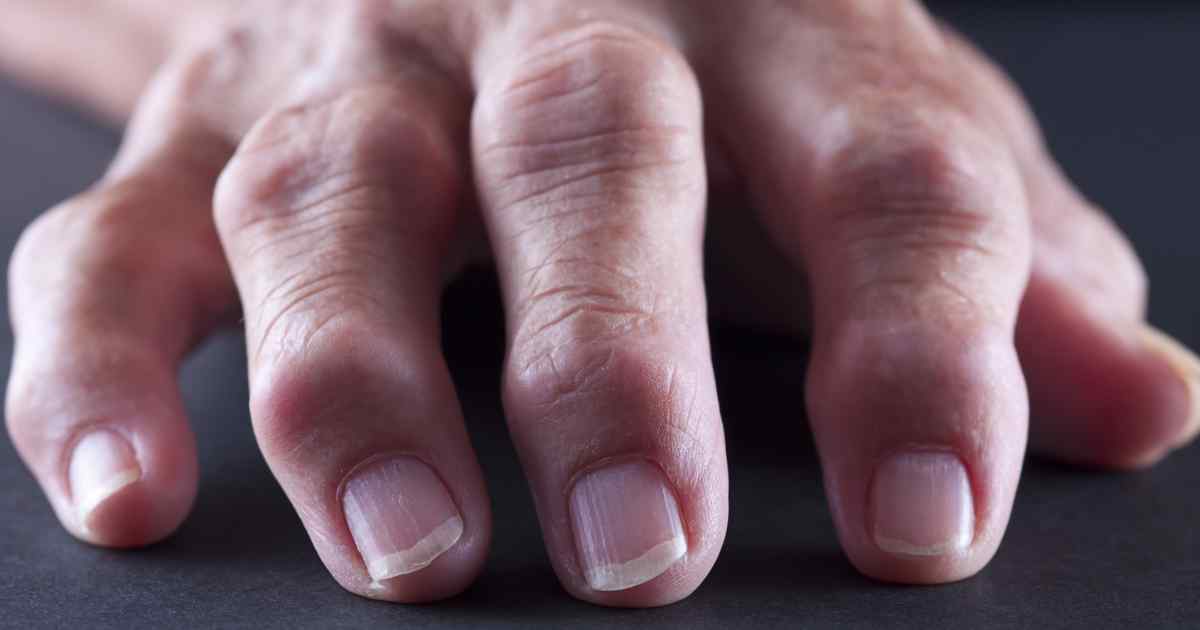Psoriatic arthritis is a chronic inflammatory condition that often develops gradually and subtly, making it difficult to recognize in its early stages. The initial symptoms, such as joint pain, stiffness, and swelling, are frequently mistaken for general aches or minor injuries. However, identifying these signs early is crucial for timely diagnosis and treatment. Awareness of the early indicators of psoriatic arthritis can help individuals take proactive steps to manage the condition and prevent further joint damage.
Early Signs of Psoriatic Arthritis
The National Psoriasis Foundation indicates that up to 30 percent of psoriasis patients will eventually see their condition transition into psoriatic arthritis. Therefore, psoriasis is the first early warning sign, especially if it’s a severe case. Even if you don’t have psoriasis, you should be aware that the following symptoms may indicate the presence of psoriatic arthritis:
Swollen Fingers and Toes
The presence of dactylitis, which is painfully swollen fingers or toes, is found in approximately 50 percent of all psoriatic arthritis sufferers. This doesn’t happen in a symmetrical pattern, either, meaning that each joint could present a different amount of swelling. Additionally, it’s possible for only one digit to be affected.
Lower Back Pain
Many psoriatic arthritis patients develop axial arthritis. If you’re in this group, you can expect chronic pain that stems from above the tailbone and often spreads out into your hips and buttocks.
Foot Pain
Plantar fasciitis and Achilles tendinitis are common issues for people with psoriatic arthritis. You may also face stiffness, swelling, unusual warmth, and an overall sensation of pain in your feet. Due to the previously mentioned dactylitis, you’re also highly likely to have extremely swollen toes at least part of the time.
Joint Pain
Joint pain is one of the primary indicators of any type of arthritis. In psoriatic arthritis, this is often accompanied by stiffness, tenderness, and swelling in the joints. Your joint pain won’t necessarily be constant, and it could affect different areas of your body at different times.
Ankle Pain
Pain in and around the ankles is common. You might have difficulty sleeping due to this problem, but you can get some relief by sleeping with a pillow between your ankles. You can also relieve knee pain by putting a pillow between your knees.
Nail Changes
A majority of psoriatic arthritis sufferers will also develop nail psoriasis. Other issues may include nail discoloration, nail ridges, and crumbling nails.
Warm Joints
If any of your joints feel warm to the touch, you need to get them checked out. This symptom is caused by inflammation in the body, and it could also cause the skin around the joints to become reddened. Many people with this autoimmune disease will notice warmth in the middle of their lower back.
Fatigue
Do you feel tired even though you’ve slept? Does doing a mild amount of physical activity leave you exhausted? If the answer is yes, you might have the fatigue that’s often associated with psoriatic arthritis. Psoriatic-Arthritis.com says that while half of patients battle moderate fatigue, another 29 percent have severe fatigue.
Limited Range of Motion
As the condition develops, it may greatly reduce your range of motion. This is especially prevalent in hands, wrists, fingers, toes, hips, knees, and legs.
Psoriatic Arthritis Treatment Options
Before treatment options can begin, your doctor will need to determine exactly what you’re dealing with. It’s common to diagnose psoriatic arthritis by doing a physical exam, taking x-rays and doing a blood test to rule out rheumatoid arthritis.
Here are some of the most common treatments to manage symptoms:
NSAIDs
The pain and inflammation that accompanies psoriatic arthritis can sometimes be treated with over-the-counter NSAIDs such as Aleve, Motrin IB, and Advil.
Immunosuppressants
Since your immune response is out of control, your doctor may prescribe an immunosuppressant such as Cyclosporine or Azathioprine. Disease-Modifying Antirheumatic Drugs can also help to reduce the risk of permanent tissue and joint damage. Your doctor may recommend Methotrexate, Sulfasalazine, or Leflunomide.
Biologics
Psoriatic arthritis has been associated with certain inflammatory markers such as tumor necrosis factor-alpha (TNF-alpha), Interleukin-17, and Interleukin-23. To fight back against these inflammatory markers, doctors can prescribe biologics, such as:
- Humira
- Remicade
- Enbrel
- Tremfya
- Taltz
- Cosentyx
PDE4 Inhibitors
TNF-Alpha levels can be decreased by using PDE4 inhibitors, such as Apremilast (Otezla), which helps to restore the balance of pro-inflammatory and anti-inflammatory signals.
Early Diagnosis Matters
There is no cure for psoriatic arthritis. If left untreated, you could end up with severe, permanent joint deformities and bone damage. Luckily, there are many options for treating psoriatic arthritis — especially if you and your doctor catch the disease early.
It’s important to know that the risk of permanent, debilitating damage increases without early treatment. To give yourself the best chance at a less painful life, seek treatment immediately if you’ve been experiencing the early warning signs of psoriatic arthritis.
